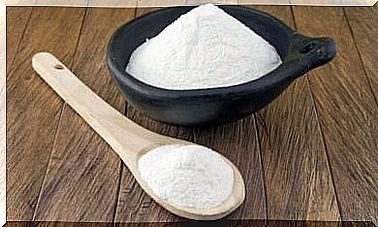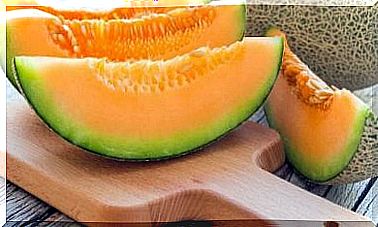Tips For Caring For Colored Hair
Colored hair needs more maintenance, but you should make sure to use natural means to care for it.
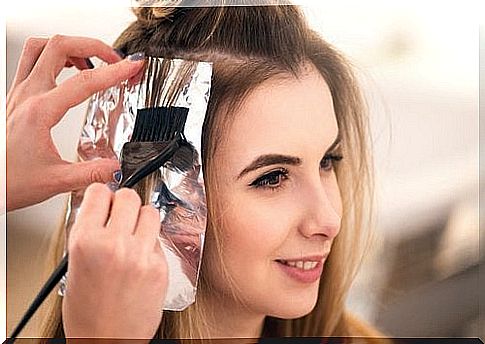
Hair turns gray or white with age because it loses its natural hair color. Most women then dye their hair. Here we give you tips on caring for colored hair.
Women and more and more men are turning to hair colors to keep their youthful appearance. However, the care of colored hair is often forgotten. It takes a lot of care to look natural and healthy despite artificial hair color.
How do you color your hair?
Many who want to cover up gray hair go to their hairdresser.
Others, however, trust their own abilities and dye their hair in the bathroom at home.
Even if the packaging says the color is “gentle” or “gentle” and the hairdresser uses similar words, you should always be aware that dyeing your hair will damage your hair.
We are talking about coloring hair and not tinting it. The hair color is stored permanently in the hair structure and cannot be washed out.
The long shelf life also requires extreme chemical intervention in the structure of the hair. First, the hair is made to swell by a strongly alkaline agent, which opens the outer cuticle layer.
With the help of an oxidizing agent, usually hydrogen peroxide, color molecules are then funneled into the interior of the hair. As a result, every single hair is completely dyed through, the color appears intense.
With an acidic rinse, for example, the outer cuticle can be closed again, which provides a shine.
The hair looks healthy, but in reality it is damaged and needs special care from now on. If you have dyed hair, you know that hair appears drier, more brittle, and duller after it is dyed than it did before it was dyed.
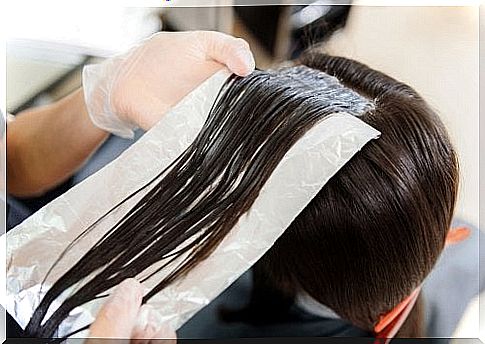
Natural hair colors
To prevent permanent damage, you can also dye with natural hair colors. These are mostly based on henna, which is available in shades from red to brown to black.
By skillfully combining other plant ingredients, it is also possible to produce other colors such as blonde tones on a plant basis.
The big difference between chemical and vegetable colors is that vegetable colors are deposited around the hair and are not introduced into the interior through aggressive chemical processes.
This means that hair dyed with vegetable dyes develops a stronger shine and has more volume, since the diameter of the surrounding color layer increases with each dyeing process.
A disadvantage of herbal hair colors is that they do not last as long as they only envelop the hair. In addition, not every vegetable color can also be used on graying hair.
Extra care for colored hair
If the child has already fallen into the well and you have decided on a permanent, chemical color, you have to take extra care of the hair until the chemical club has grown out again.
Because there is usually repeated dyeing, this often means: a lifetime of extra care for your hair!
However, you should rely on herbal active ingredients so as not to dry out and damage your hair even more with care products that contain silicone.
We therefore recommend the following natural products:
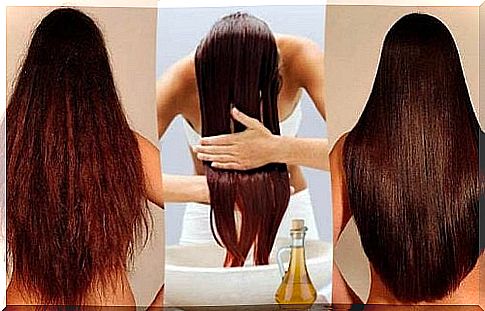
Acid conditioner for the care of colored hair
As already mentioned, an acidic rinse causes the cuticle to close so that the light can better reflect and shine is created.
You can easily make an acidic conditioner yourself by pouring a mixture of vinegar with water or lemon juice over your head after shampooing.
It is sufficient if you use about 3 tablespoons of vinegar or lemon juice to one liter of water.
Don’t worry, the smell will dissipate while drying! Warning: lemon juice has a bleaching effect in combination with sunlight!
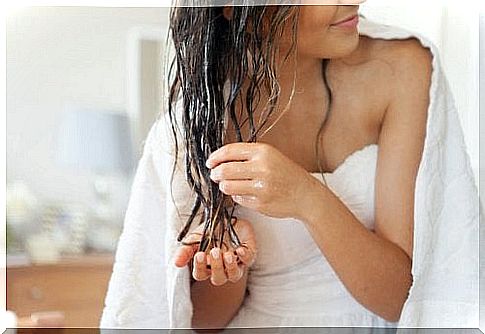
Hair oil for the care of colored hair
If you really want to look after your hair, you must not use synthetic “care” substances such as silicone, paraffins or other mineral oil components .
A look at the packaging should therefore become a matter of course before you buy the “care” product.
A very simple way to care for your hair are natural vegetable oils, which you work into the damp hair in small amounts.
A good all-round oil, because it can also be easily absorbed by the skin, is sesame oil, which is the classic for beautiful hair in India.
But coconut oil is also suitable for caring for damaged hair and is particularly intensive.
Natural hair brush
The right tool is also important.
Plastic brushes, especially older or cheap models, can damage the hair and, in addition to the paint, wear it.
Brushes made from natural bristles, for example from wild boars, smooth the cuticle with every brush stroke and also add shine.

